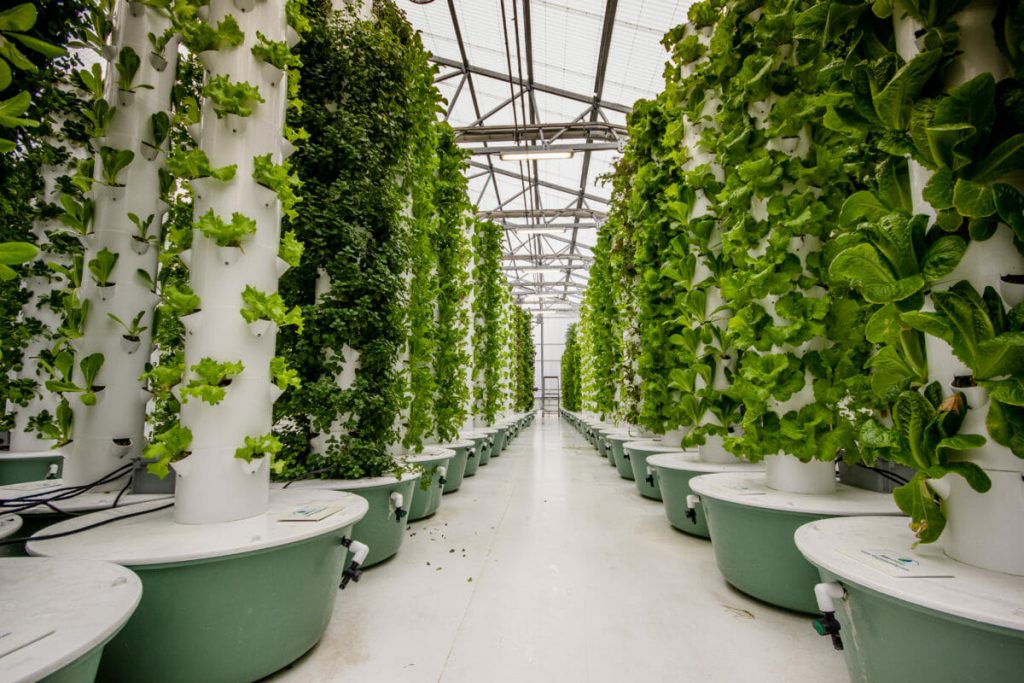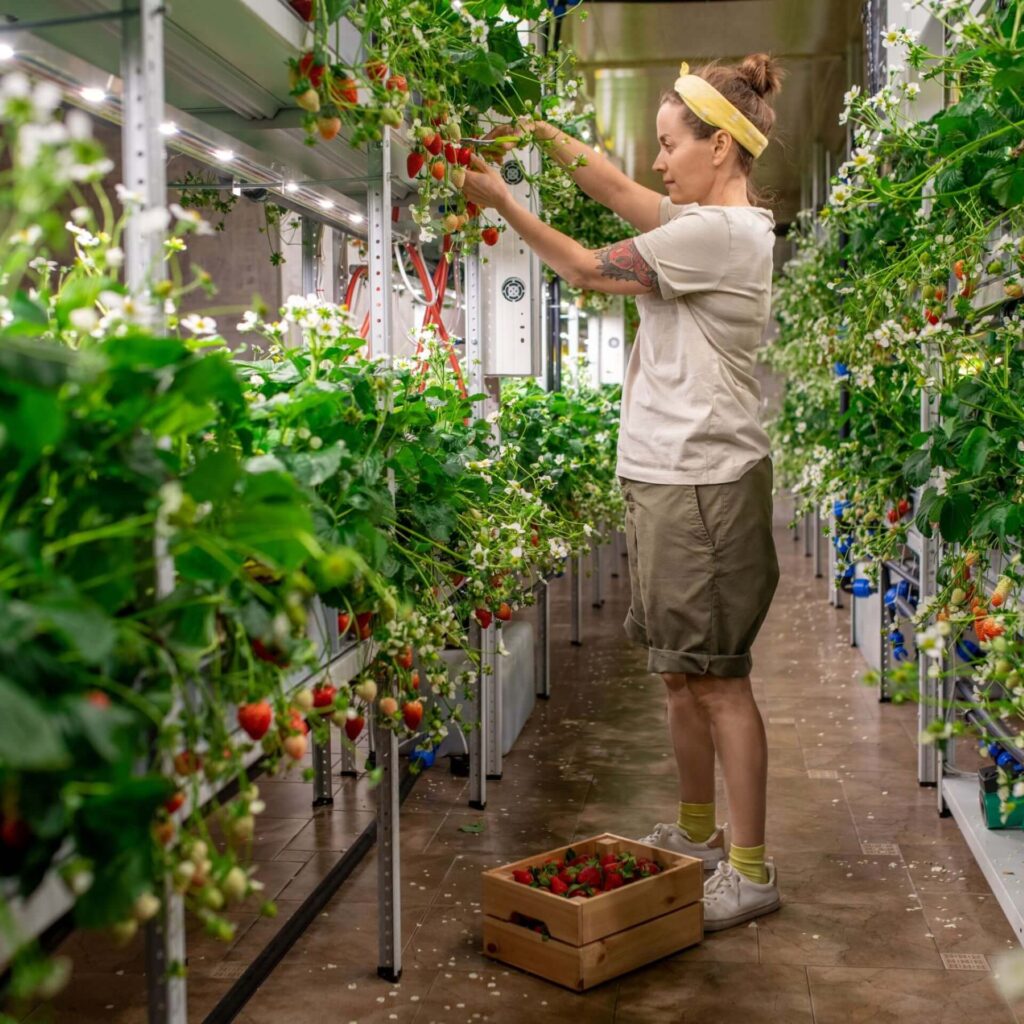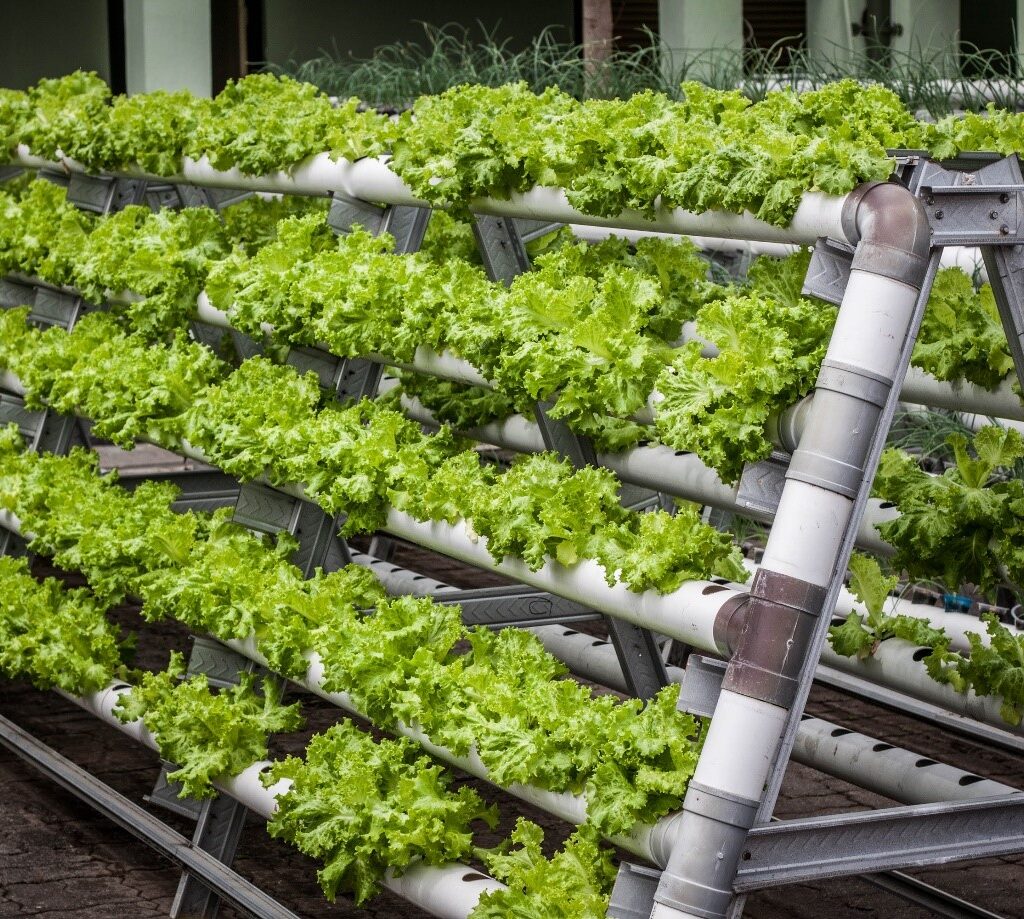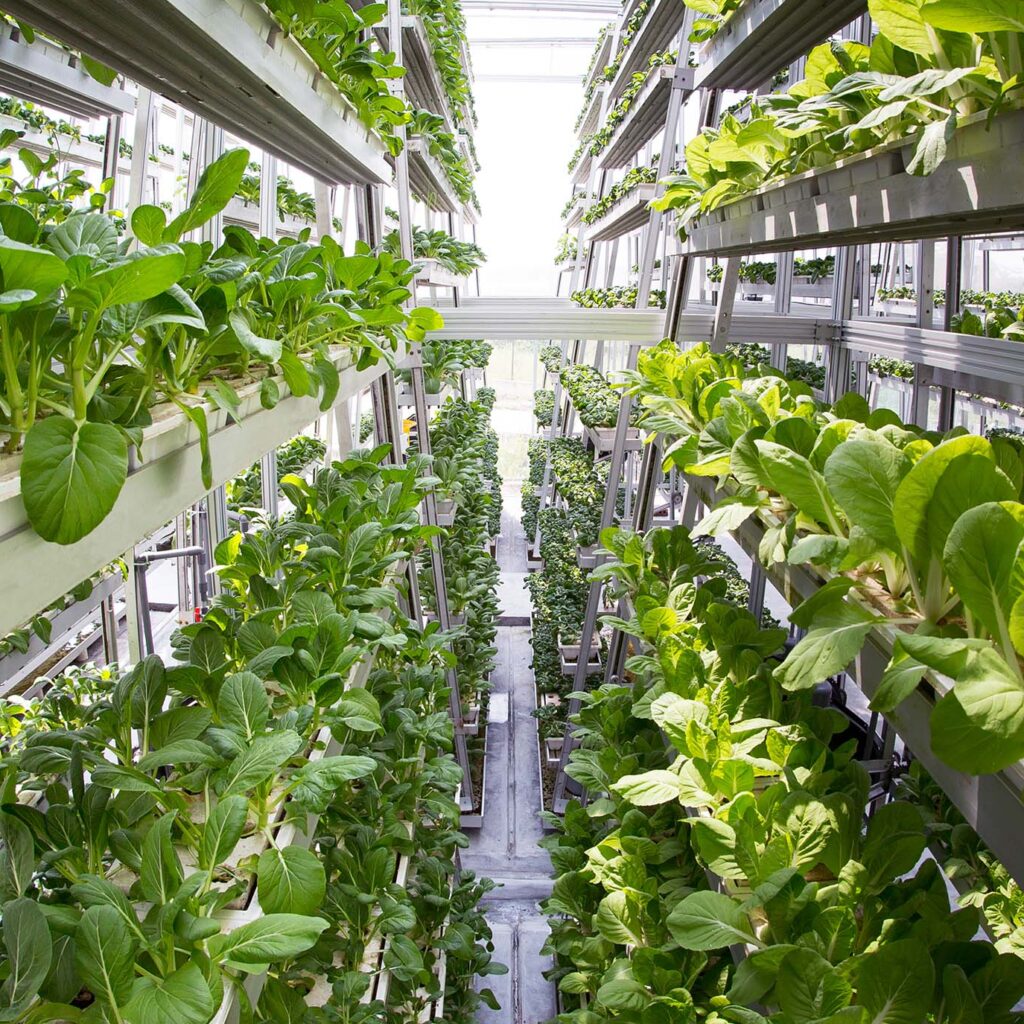In the face of rapid urbanization, climate change, and growing concerns over food security, urban vertical farming has emerged as a promising solution. This modern agricultural technique involves growing crops in stacked layers or vertical structures, often integrated into urban environments like rooftops, old warehouses, and even skyscrapers. Unlike traditional farming, vertical farming harnesses technology such as hydroponics, aeroponics, and controlled environment agriculture (CEA) to grow food efficiently in compact urban spaces.
But what makes urban vertical farming the future of sustainable agriculture? This article explores the core technologies, benefits, limitations, case studies, and what lies ahead for this revolutionary concept.
Understanding Vertical Farming: A Modern Approach

Vertical farming is defined as the cultivation of crops in vertically stacked layers, often housed in controlled indoor environments. These setups typically rely on soil-free systems like:
- Hydroponics: Growing plants in nutrient-rich water.
- Aeroponics: Spraying roots with nutrient-rich mist.
- Aquaponics: Combining hydroponics with fish farming (aquaculture).
LED lighting replicates sunlight, while automated systems regulate temperature, humidity, CO₂ levels, and water usage. These high-tech farms can be located anywhere—from urban centers to deserts—making agriculture more accessible and decentralized.
Why Vertical Farming is Gaining Popularity

1. Space Efficiency
Urban areas suffer from space constraints. Traditional farming requires vast amounts of arable land, which cities lack. Vertical farming maximizes production per square meter by stacking layers, making it ideal for urban locations.
2. Reduced Water Usage
Conventional agriculture consumes around 70% of global freshwater. In contrast, vertical farms use up to 95% less water, thanks to recirculating systems that recycle and reuse water efficiently.
3. Year-Round Production
Because crops are grown in climate-controlled environments, vertical farms can operate 365 days a year, unaffected by external weather, pests, or seasonal changes. This stability improves food security and consistent supply.
4. Pesticide-Free and Fresh Produce
Controlled environments eliminate the need for harmful pesticides and herbicides. Moreover, being close to consumers in urban centers allows for fresher produce with lower transportation emissions.
Technologies Driving Vertical Farming

LED Grow Lights
Advanced LEDs provide crops with the specific light wavelengths needed for photosynthesis. These lights are energy-efficient and customizable, enabling growers to optimize plant growth for different stages.
Climate Control Systems
Integrated heating, ventilation, and air conditioning (HVAC) systems maintain optimal conditions for plant health. Automation ensures precision in temperature, humidity, CO₂ levels, and air circulation.
Artificial Intelligence & IoT
Smart farming sensors and AI algorithms analyze real-time data on crop health, moisture, nutrient levels, and growth patterns. This tech-driven approach helps farmers predict issues before they arise, improving yields and reducing waste.
Robotics & Automation
From seed planting to harvesting, robots increasingly handle tasks in large-scale vertical farms, reducing labor costs and improving efficiency.
Global Success Stories

Japan – Mirai Company
One of the pioneers in vertical farming, Mirai’s indoor farm in Japan produces over 10,000 heads of lettuce per day using LED lights and hydroponics. Post-Fukushima, vertical farming offered a safe and clean way to grow food indoors.
Singapore – Sky Greens
Singapore, with its land scarcity, has embraced vertical farming. Sky Greens utilizes rotating vertical structures powered by hydraulics to maximize light exposure, yielding vegetables that are sold directly in local supermarkets.
USA – AeroFarms (New Jersey)
AeroFarms operates one of the world’s largest vertical farms in Newark. Using aeroponics and AI systems, it grows leafy greens that are pesticide-free and use 95% less water than traditional methods.
Economic and Environmental Benefits

Localized Food Production
Vertical farming reduces the food miles required to transport crops from rural farms to urban centers. This cuts down on carbon emissions, food spoilage, and logistics costs.
Job Creation and Innovation
As the vertical farming industry expands, it generates jobs in fields like agritech, engineering, botany, and AI. Urban youth can now participate in agriculture without needing access to farmland.
●Urban Revitalization
Unused buildings, abandoned warehouses, and old factories are being repurposed into productive vertical farms, revitalizing decaying urban areas and boosting local economies.
Challenges and Limitations
1. High Initial Investment
Setting up a vertical farm with climate control, LED lights, and automation systems can be capital-intensive. Small-scale farmers may struggle to afford the upfront costs.
2. Energy Consumption
Despite LED efficiency, vertical farming still requires significant electricity for lighting, HVAC, and automation. Renewable energy integration is crucial for long-term sustainability.
3. Limited Crop Variety
Leafy greens, herbs, and microgreens are ideal for vertical farming, but fruiting crops like tomatoes and strawberries are more complex and less cost-effective under current systems.
4. Technical Skill Requirements
Operating a vertical farm involves knowledge of plant science, technology, and data analytics. This high learning curve may deter traditional farmers.
The Future Outlook: What’s Next?
Expansion into Developing Countries
As technology becomes more affordable, vertical farming will likely spread to developing nations facing food insecurity, offering solutions for urban slums and arid regions.
Renewable Energy Integration
To tackle the challenge of energy use, vertical farms are beginning to incorporate solar panels, wind energy, and battery storage systems, making operations greener and more sustainable.
Custom Crop Varieties
Biotech companies are working on genetically optimized crops tailored for vertical environments—faster-growing, more compact, and nutrient-dense varieties.
Farming-as-a-Service (FaaS)
Some startups are now offering modular vertical farms for homes, restaurants, and schools, empowering people to grow food where they live or work.
Conclusion
Urban vertical farming represents a revolutionary shift in agriculture, bridging the gap between food production and urban consumption. By harnessing advanced technology, maximizing land use, and reducing environmental impact, it has the potential to redefine how cities feed their populations.
However, challenges related to cost, energy, and scale remain. Overcoming them will require innovation, policy support, and public-private collaboration. As climate pressures intensify and the global population continues to urbanize, vertical farming could become a cornerstone of sustainable urban living—feeding cities from within.





